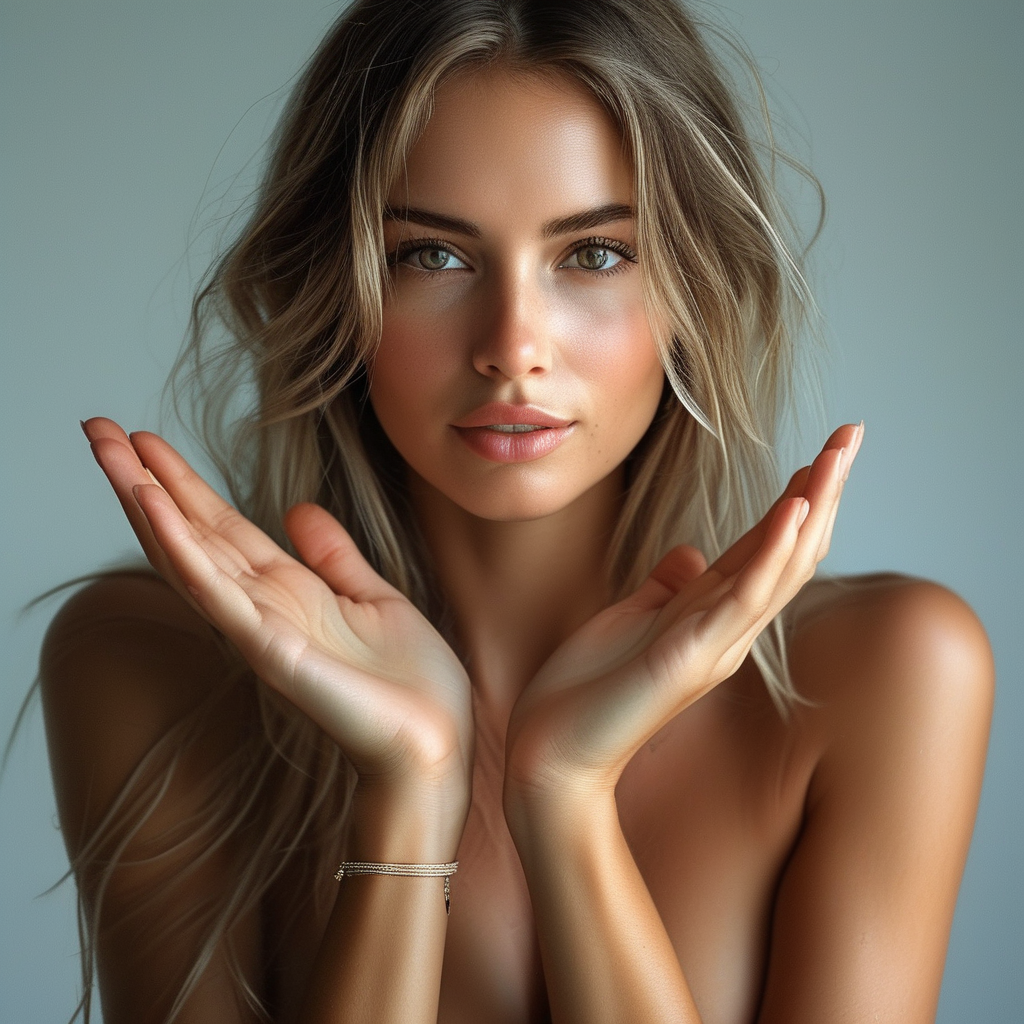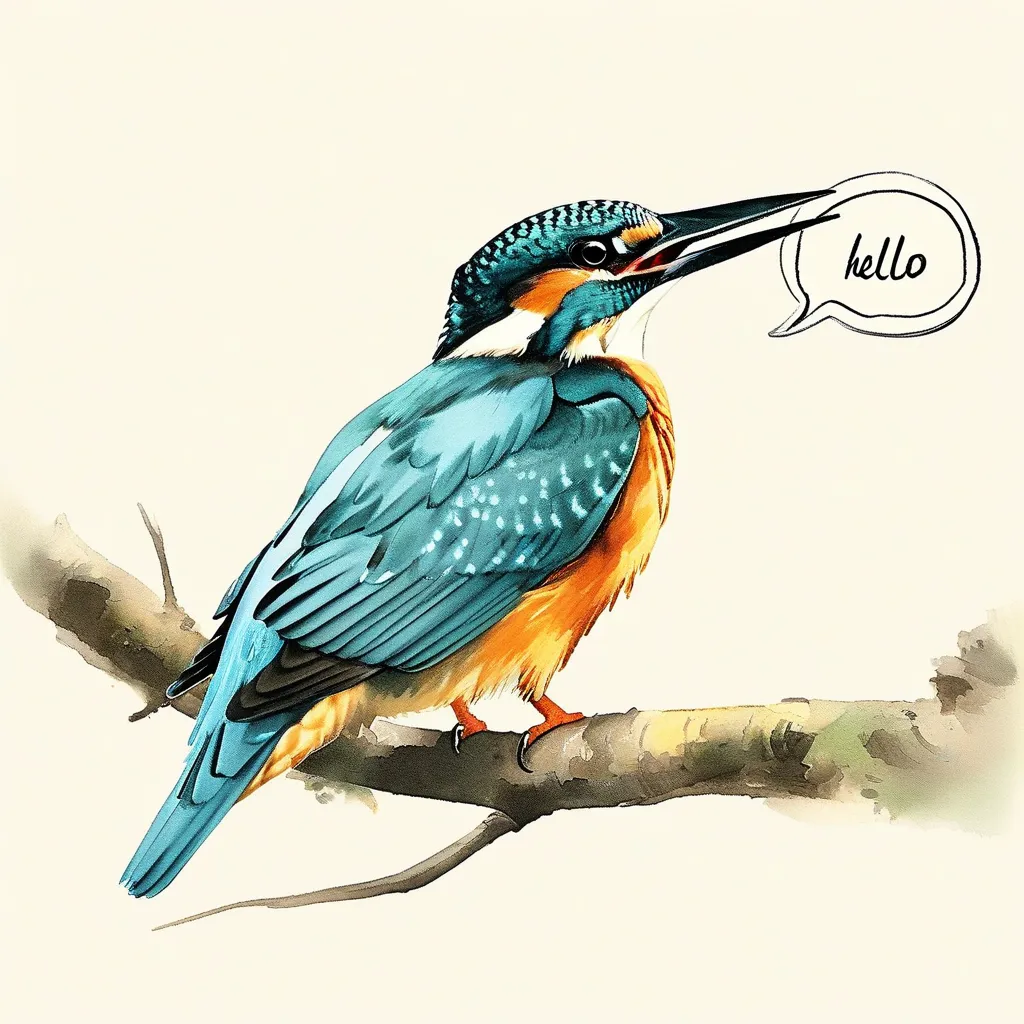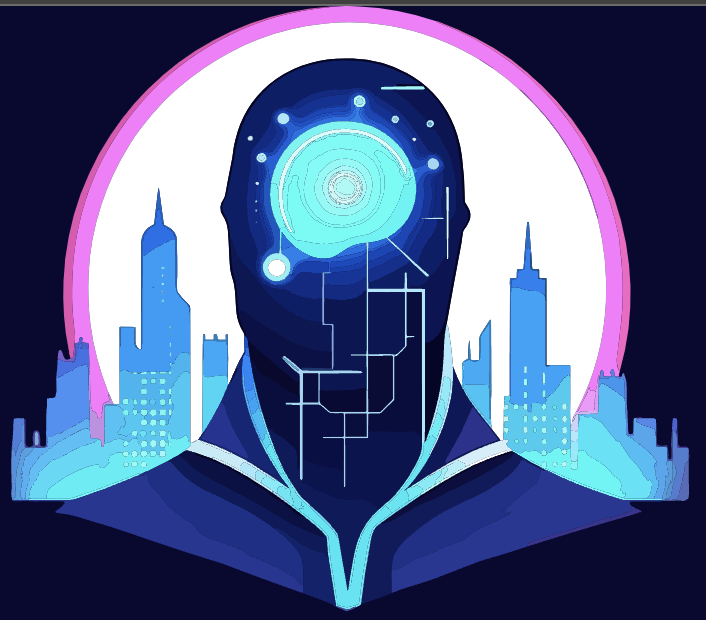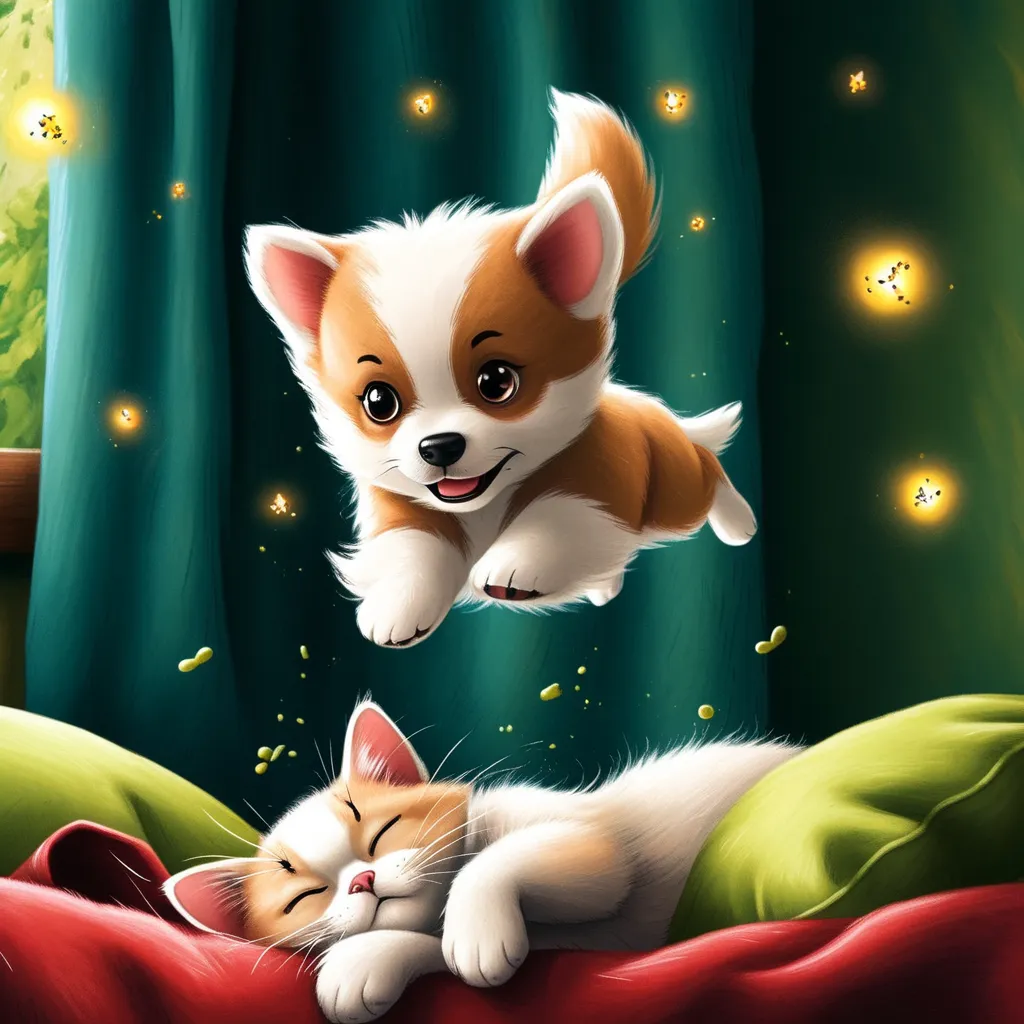kolors
Maintainer: charlesmccarthy

3.5K

| Property | Value |
|---|---|
| Run this model | Run on Replicate |
| API spec | View on Replicate |
| Github link | View on Github |
| Paper link | No paper link provided |
Create account to get full access
Model overview
Kolors is a large-scale text-to-image generation model based on latent diffusion, developed by the Kuaishou Kolors team. Trained on billions of text-image pairs, Kolors exhibits significant advantages over both open-source and proprietary models in visual quality, complex semantic accuracy, and text rendering for both Chinese and English characters. Furthermore, Kolors supports both Chinese and English inputs, demonstrating strong performance in understanding and generating Chinese-specific content.
Model inputs and outputs
Kolors takes a text prompt as input and generates a high-quality, photorealistic image based on that prompt. The model supports a wide range of content, from realistic portraits to fantastical scenes, and can handle complex semantic concepts with impressive accuracy.
Inputs
- Prompt: The text prompt that describes the desired image.
Kolorscan understand a variety of prompts in both Chinese and English.
Outputs
- Image: The generated image that corresponds to the input prompt. The model produces images with a resolution of 1024x1024 pixels by default.
Capabilities
Kolors shines in its ability to generate high-quality, photorealistic images that faithfully capture the intent of the input prompt. The model can render intricate details, complex scenes, and diverse subject matter with impressive accuracy. For example, Kolors can generate stunning portraits with realistic facial features, as well as imaginative scenes with detailed Chinese elements or futuristic technology.
What can I use it for?
Kolors can be a powerful tool for a variety of applications, from creative content generation to product visualization. Artists and designers can use the model to quickly generate concept art or explore new ideas. Marketers and e-commerce businesses can leverage Kolors to create high-quality product images or generate custom visuals for their campaigns. Educators and researchers may find the model useful for data augmentation or visual storytelling.
Things to try
One interesting aspect of Kolors is its ability to handle complex semantic concepts and generate images that go beyond simple object recognition. For example, the model can understand prompts that describe intricate emotions, moods, or artistic styles, and generate images that faithfully capture those nuances. Experimenting with prompts that push the boundaries of the model's understanding can lead to unexpected and fascinating results.
This summary was produced with help from an AI and may contain inaccuracies - check out the links to read the original source documents!
Related Models

kolors

18
kolors is a large-scale text-to-image generation model based on latent diffusion, developed by the Kuaishou Kolors team. Trained on billions of text-image pairs, kolors exhibits significant advantages over both open-source and proprietary models in visual quality, complex semantic accuracy, and text rendering for both Chinese and English characters. Furthermore, kolors supports both Chinese and English inputs, demonstrating strong performance in understanding and generating Chinese-specific content. For more details, please refer to this technical report. Model inputs and outputs kolors takes a text prompt as input and generates high-quality, photorealistic images. The model supports both Chinese and English inputs, and can handle complex semantic details and text rendering. Inputs Prompt**: The text prompt that describes the desired image Width**: The width of the generated image, up to 2048 pixels Height**: The height of the generated image, up to 2048 pixels Steps**: The number of inference steps to take, up to 50 Cfg**: The guidance scale, from 0 to 20 Seed**: A seed for reproducibility (optional) Scheduler**: The diffusion scheduler to use Negative prompt**: Things you do not want to see in the image Outputs Images**: An array of generated images in the specified output format (e.g., WEBP) Capabilities kolors demonstrates strong performance in generating photorealistic images from text prompts, with advantages in visual quality, complex semantic accuracy, and text rendering compared to other models. The model's ability to understand and generate Chinese-specific content sets it apart from many open-source and proprietary alternatives. What can I use it for? kolors could be used for a variety of applications that require high-quality, photorealistic image generation from text, such as digital art creation, product design, and visual storytelling. The model's support for Chinese inputs also makes it well-suited for use cases involving Chinese-language content. Users could explore creative applications, such as illustrating stories, designing book covers, or generating concept art for games and films. Things to try One interesting aspect of kolors is its ability to generate complex, detailed images while maintaining a high level of visual quality. Users could experiment with prompts that involve intricate scenes, architectural elements, or fantastical creatures to see the model's strengths in these areas. Additionally, the model's support for both Chinese and English inputs opens up opportunities for cross-cultural applications, such as generating illustrations for bilingual children's books or visualizing traditional Chinese folklore.
Updated Invalid Date

blend-images

74
blend-images is a high-quality image blending model developed by charlesmccarthy using the Kandinsky 2.2 blending pipeline. It is similar to other text-to-image models like kandinsky-2.2, kandinsky-2, and animagine-xl, which are also created by the FullJourney.AI team. However, blend-images is specifically focused on blending two input images based on a user prompt. Model inputs and outputs The blend-images model takes three inputs: two images and a user prompt. The output is a single blended image that combines the two input images according to the prompt. Inputs image1**: The first input image image2**: The second input image prompt**: A text prompt that describes how the two images should be blended Outputs Output**: The blended output image Capabilities blend-images can create high-quality image blends by combining two input images in creative and visually striking ways. It uses the Kandinsky 2.2 blending pipeline to generate the output, which results in natural-looking and harmonious compositions. What can I use it for? The blend-images model could be used for a variety of creative and artistic applications, such as: Generating photomontages or collages Combining multiple images into a single, cohesive visual Exploring surreal or dreamlike image compositions Creating unique visual assets for graphic design, advertising, or media productions By providing two input images and a descriptive prompt, you can use blend-images to produce compelling and visually striking blended images. Things to try Some ideas to experiment with blend-images include: Blending landscape and portrait images to create a hybrid composition Combining abstract and realistic elements to generate a surreal visual Exploring different prompts to see how they affect the blending process and output Using the model to create visuals for a specific narrative or creative concept The flexibility of blend-images allows for a wide range of creative possibilities, so don't be afraid to try different combinations of inputs and prompts to see what unique and compelling results you can achieve.
Updated Invalid Date

kolors

2
The kolors model, created by asiryan, is a powerful text-to-image and image-to-image AI model that can generate stunning and expressive visual content. It is part of a suite of models developed by asiryan, including Kandinsky 3.0, Realistic Vision V4, Blue Pencil XL v2, DreamShaper V8, and Deliberate V4, all of which share a focus on high-quality visual generation. Model inputs and outputs The kolors model accepts a variety of inputs, including text prompts, input images, and various parameters to control the output. Users can generate new images from text prompts or use an existing image as a starting point for an image-to-image transformation. Inputs Prompt**: A text description of the desired image Image**: An input image for image-to-image transformations Width/Height**: The desired dimensions of the output image Seed**: A random seed to control the output Strength**: The strength of the prompt when using image-to-image mode Num Outputs**: The number of images to generate Guidance Scale**: The scale for classifier-free guidance Negative Prompt**: A text description of elements to avoid in the output Outputs Image**: The generated image(s) based on the provided inputs Capabilities The kolors model can generate a wide variety of expressive and visually striking images from text prompts. It excels at creating detailed, imaginative illustrations and scenes, with a strong emphasis on color and composition. The model can also perform image-to-image transformations, allowing users to take an existing image and modify it based on a text prompt. What can I use it for? The kolors model can be a powerful tool for a range of creative and commercial applications. Artists and designers can use it to quickly generate concepts and ideas, or to produce finished illustrations and visuals. Marketers and content creators can leverage the model to create eye-catching promotional materials, social media content, or product visualizations. Educators and researchers may find the model useful for visual storytelling, interactive learning, or data visualization. Things to try Experiment with the kolors model by trying different types of prompts, from the abstract and imaginative to the realistic and descriptive. Explore the limits of the model's capabilities by pushing the boundaries of what it can create, or by combining it with other tools and techniques. With its versatility and attention to detail, the kolors model can be a valuable asset in a wide range of creative and professional pursuits.
Updated Invalid Date

kolors-with-ipadapter

25
The kolors-with-ipadapter model is an extension of the Kolors text-to-image generation model, developed by fofr. It incorporates additional techniques, such as style transfer and composition transfer, to enhance the visual output. The model builds on the capabilities of the original Kolors model, expanding the range of visual effects and adaptations it can achieve. Model inputs and outputs The kolors-with-ipadapter model takes a variety of inputs, including a prompt, an image for reference, and various parameters to control the generation process. The outputs are high-quality images that reflect the input prompt and incorporate the desired visual effects. Inputs Prompt**: The text that describes the desired image Image**: A reference image to guide the style or composition Cfg**: The guidance scale, which determines the strength of the prompt Seed**: A value to ensure reproducibility of the generated image Steps**: The number of inference steps to perform Width/Height**: The desired dimensions of the output image Sampler**: The sampling algorithm to use Scheduler**: The scheduler algorithm to use Output Format**: The file format of the output image Output Quality**: The quality level of the output image Negative Prompt**: Things to exclude from the generated image Number of Images**: The number of images to generate IP Adapter Weight**: The strength of the IP Adapter technique IP Adapter Weight Type**: The specific IP Adapter technique to use Outputs The generated image(s) in the specified format and quality Capabilities The kolors-with-ipadapter model can produce visually striking images that combine the generative capabilities of the Kolors model with the style transfer and composition transfer techniques of the IP Adapter. This allows for the creation of images that blend the desired content with unique artistic styles and compositions. What can I use it for? The kolors-with-ipadapter model can be useful for a variety of creative projects, such as generating conceptual artwork, illustration, or design elements. The ability to reference existing images and incorporate their styles or compositions can be particularly valuable for tasks like product visualization, scene design, or even digital asset creation for games or animation. Things to try Experiment with different combinations of prompts, reference images, and IP Adapter settings to see the diverse range of visual outputs the kolors-with-ipadapter model can produce. Try using the model to generate unique interpretations of familiar scenes or to bring abstract concepts to life in visually engaging ways.
Updated Invalid Date